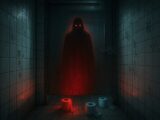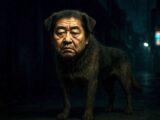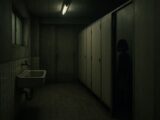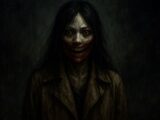Gozu (Cow Head): The Definitive Guide to Japan's Most Forbidden and Terrifying Story
Gozu (Cow Head): The Definitive Guide to Japan’s Most Forbidden and Terrifying Story
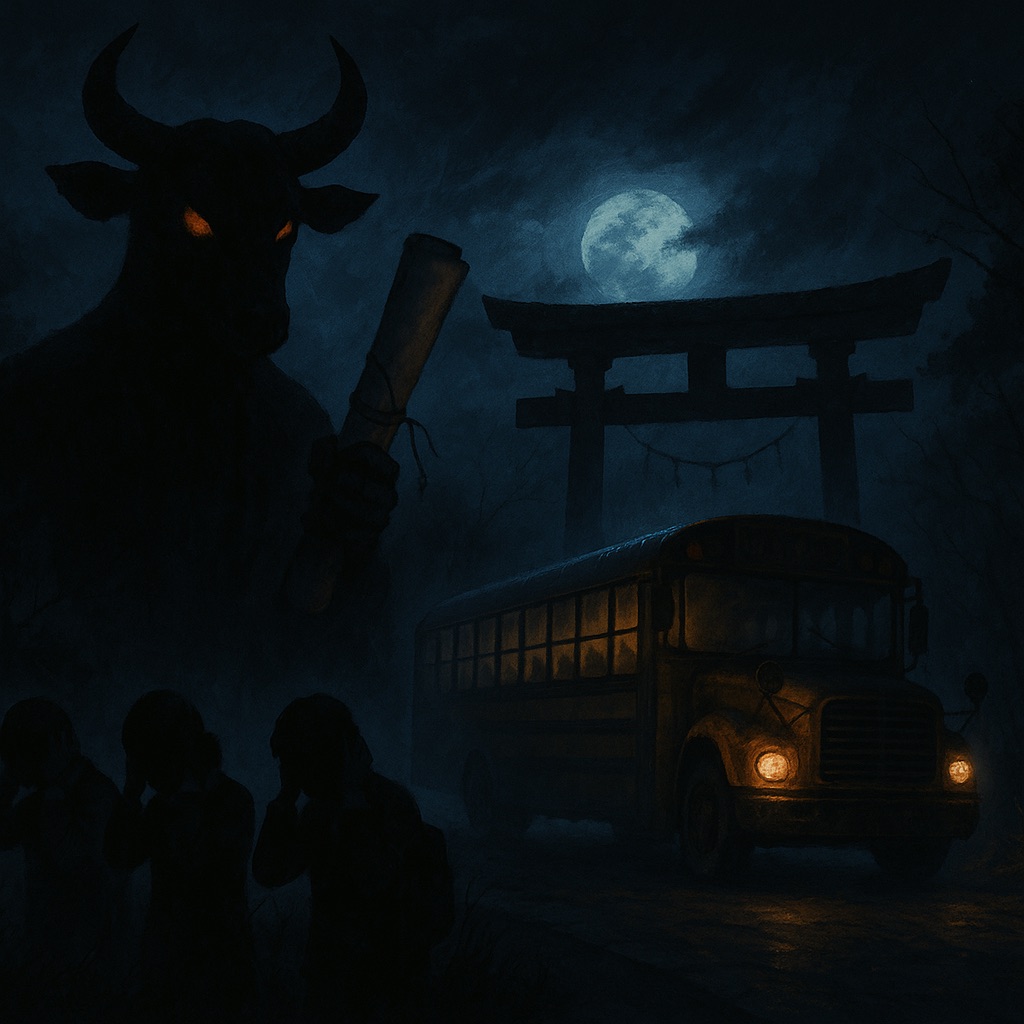
In the vast, shadowy world of Japanese urban legends, one story stands alone, shrouded in a unique and terrifying mystique. It is a tale so horrifying that its contents are unknown, a ghost story so cursed that merely hearing it is said to bring death. It is known only by its title: Gozu, the “Cow Head.”
For decades, the legend of Gozu has haunted Japan, not as a story, but as the absence of a story. It is a meta-legend, a forbidden narrative whose reputation for pure terror has far outstripped any known plot. But where did this idea of a lethal story come from? What are the rumored contents that are said to drive listeners to madness or death? And what does it tell us about the nature of fear itself?
This is the definitive guide to Gozu, the story that was never meant to be told.
Editor’s Note: This deep dive into Gozu (Cow Head) is part of our central collection, The Definitive Guide to Japanese Urban Legends. Explore the full series to uncover all of Japan’s most terrifying modern myths.
The Legend: The Story That Kills
The core of the Gozu legend is a paradox: it is a famous story that nobody knows. The legend states that “Cow Head” is the most terrifying ghost story ever conceived, but its details are lost to time because anyone who hears it, or dares to retell it, is overcome by a fear so profound that they die within days.
The most famous modern iteration of this legend is the “school bus” tale. The story goes that a schoolteacher, on a trip with his students, decided to entertain them with some ghost stories. For reasons unknown, he began to tell the forbidden tale of Gozu. As he spoke, the children began to scream, begging him to stop. “Please, sensei, no more!” they pleaded, turning pale and clutching their ears.
But the teacher could not stop. His eyes glazed over as if possessed, and he continued to narrate the horrifying tale. The bus driver, also trembling in fear, pulled the vehicle to a screeching halt. When the teacher finally snapped out of his trance, he found that the bus driver and all the students had fainted, foaming at the mouth. Some versions claim they died of fright shortly after. The contents of the story were, once again, lost.
This “story about a story” is the essence of the Gozu legend. Its power lies not in what it contains, but in what it withholds.
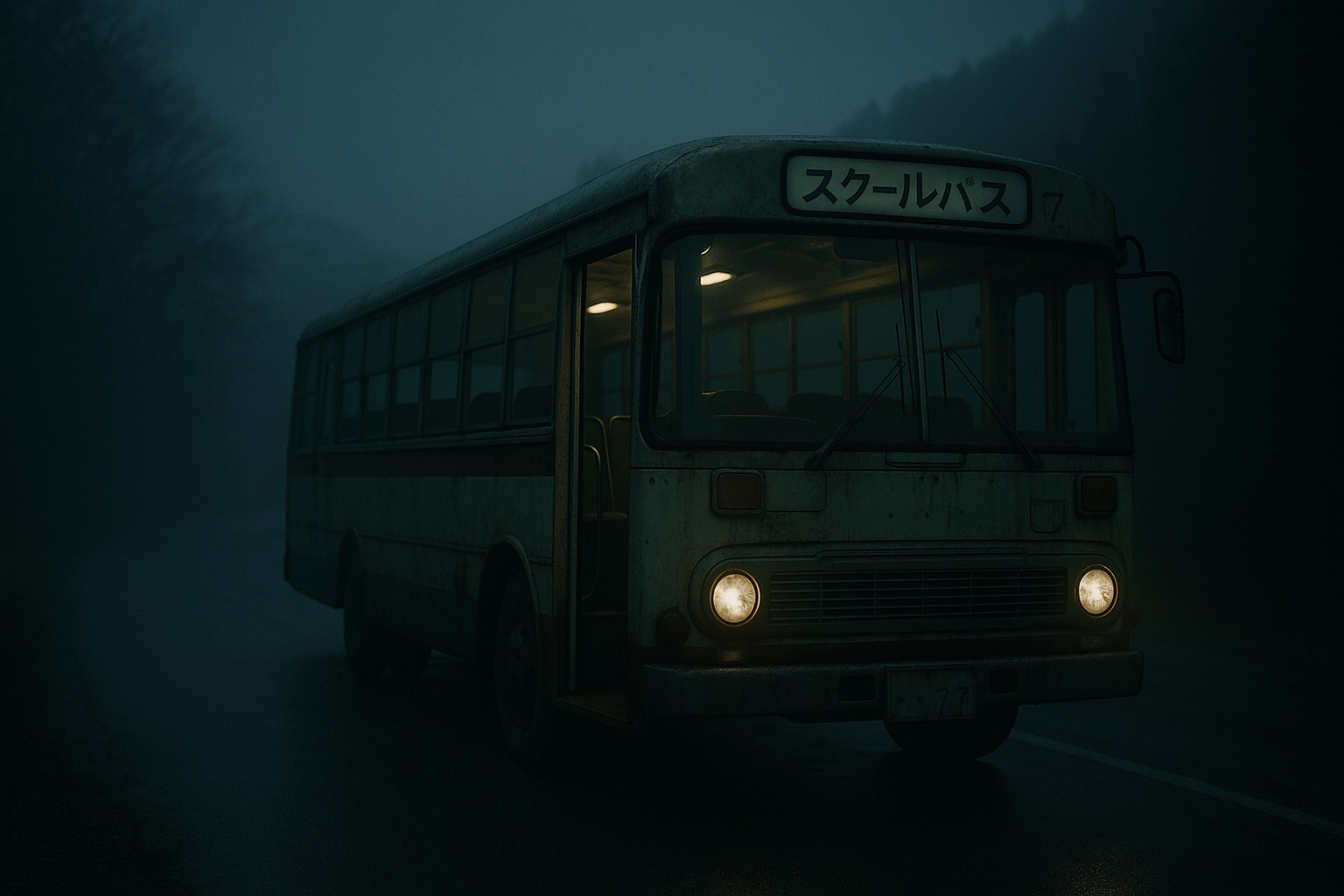
The Origins: Tracing the Untraceable
So, where did this idea of a lethal story come from? The Gozu legend has a multi-layered history, blending literary jokes, genuine folklore, and internet-era creativity.
1. The Literary In-Joke (1960s):
The concept of a terrifying-but-unknown story called “Cow Head” was popularized in 1965 by the acclaimed Japanese science fiction writer Sakyo Komatsu. He published a short story titled “Gozu,” which was not the story itself, but a meta-narrative about the rumor of such a tale. Komatsu later stated that he didn’t invent the idea; it was an old in-joke among fellow writers that had been circulating for decades. The premise was a playful jab at the nature of horror: a story so scary it couldn’t even be written.
2. Ancient Roots and Folk Rituals:
While the modern legend is a literary creation, the term “Cow Head” has much deeper, darker roots in Japanese folklore. Researcher Yuki Yoshida has proposed a compelling theory linking the legend to forgotten, taboo rituals. In many parts of western Japan, there existed a secret rain-making ceremony that involved sacrificing a bull and throwing its severed head into a river or pond.
These “Gozu rituals” were considered sacred and highly secretive, and speaking of them to outsiders was strictly forbidden. Yoshida suggests that this real-world taboo—”You must not speak of the Cow Head ritual”—morphed over time into the supernatural taboo of the urban legend: “You must not tell the Cow Head story.” The legend, therefore, could be a distorted folk memory of a gruesome, real-life practice.
3. The Edo Period Precedent:
The motif of a disembodied cow head as an omen of horror also appears in older texts. An 18th-century story tells of a man who encounters a floating cow’s head on a snowy night, a haunting and surreal image that predates the modern legend.
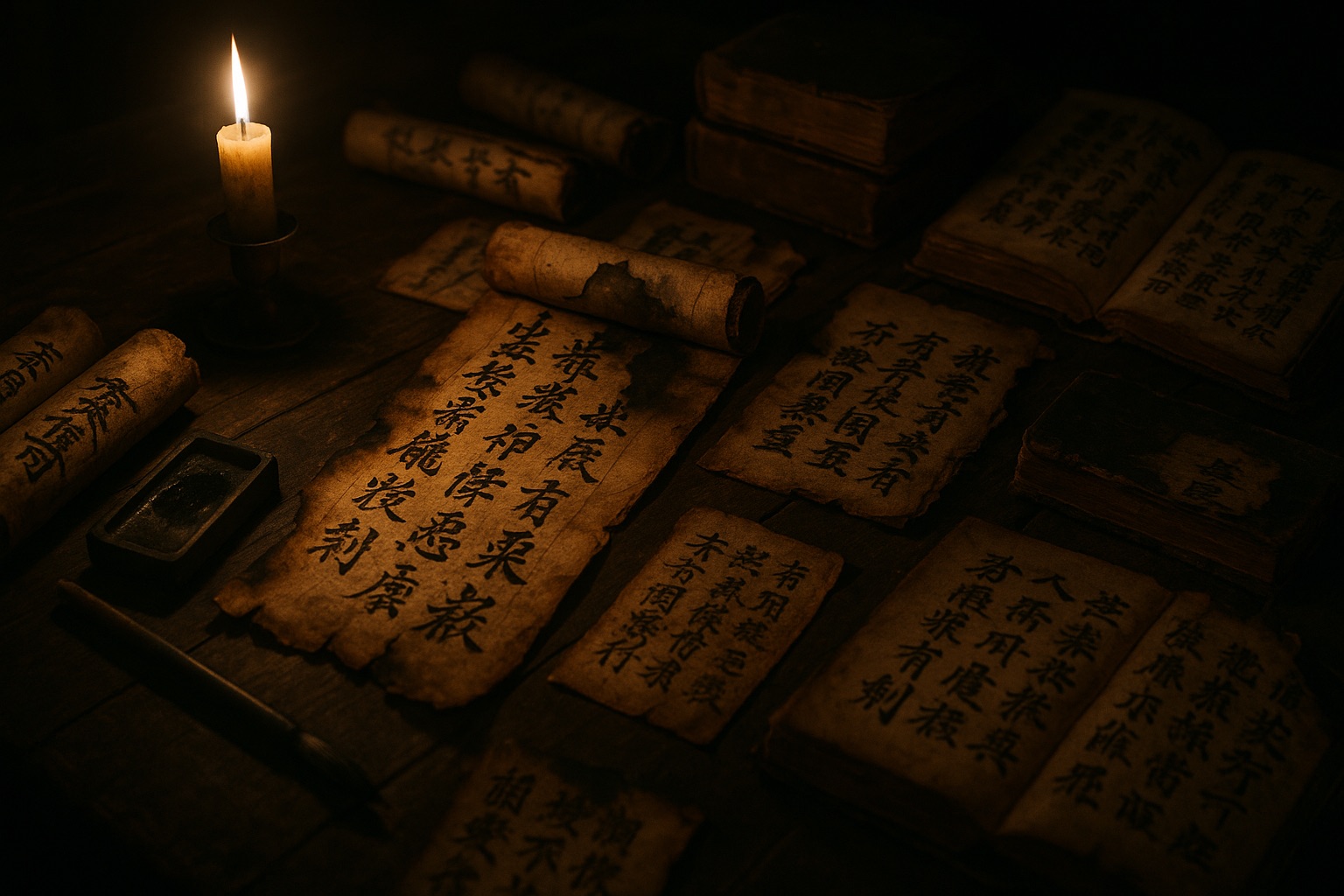
The “True” Story of Gozu: The Internet Fills the Void
Since the original story’s content is a void, the internet has eagerly stepped in to fill it. On forums like 2channel (now 5channel), creative users have collaboratively written numerous “reconstructed” versions of what the Gozu story might be. These fan-made tales are often gruesome and disturbing, and have become part of the legend’s modern fabric.
The two most famous internet versions are:
・The Cannibal Village: This story is set in a remote village in the 17th century, suffering from a devastating famine. Driven to madness, the villagers perform a dark ritual. They dress a person in a cow’s hide and severed head and declare them a “divine messenger.” Then, in a frenzy of starvation, they hunt, kill, and eat this “cow-person.” The horrific act of cannibalism becomes the village’s dark secret, a story so traumatic that it is forbidden to be told, lest the curse be unleashed again.
・The Two-Village Massacre: This version tells of a feud between two villages. The son of a powerful figure in one village commits a series of brutal murders, decapitating his victims and replacing their heads with cow heads. To prevent a war, both villages agree to cover up the incident, creating a pact of silence. The “Cow Head” story becomes the forbidden truth of their shared, bloody history.
These grim narratives, while entirely fictional, have become so widespread that many now believe them to be the “real” Gozu story. They tap into the idea that the most terrifying monsters are not supernatural, but human.
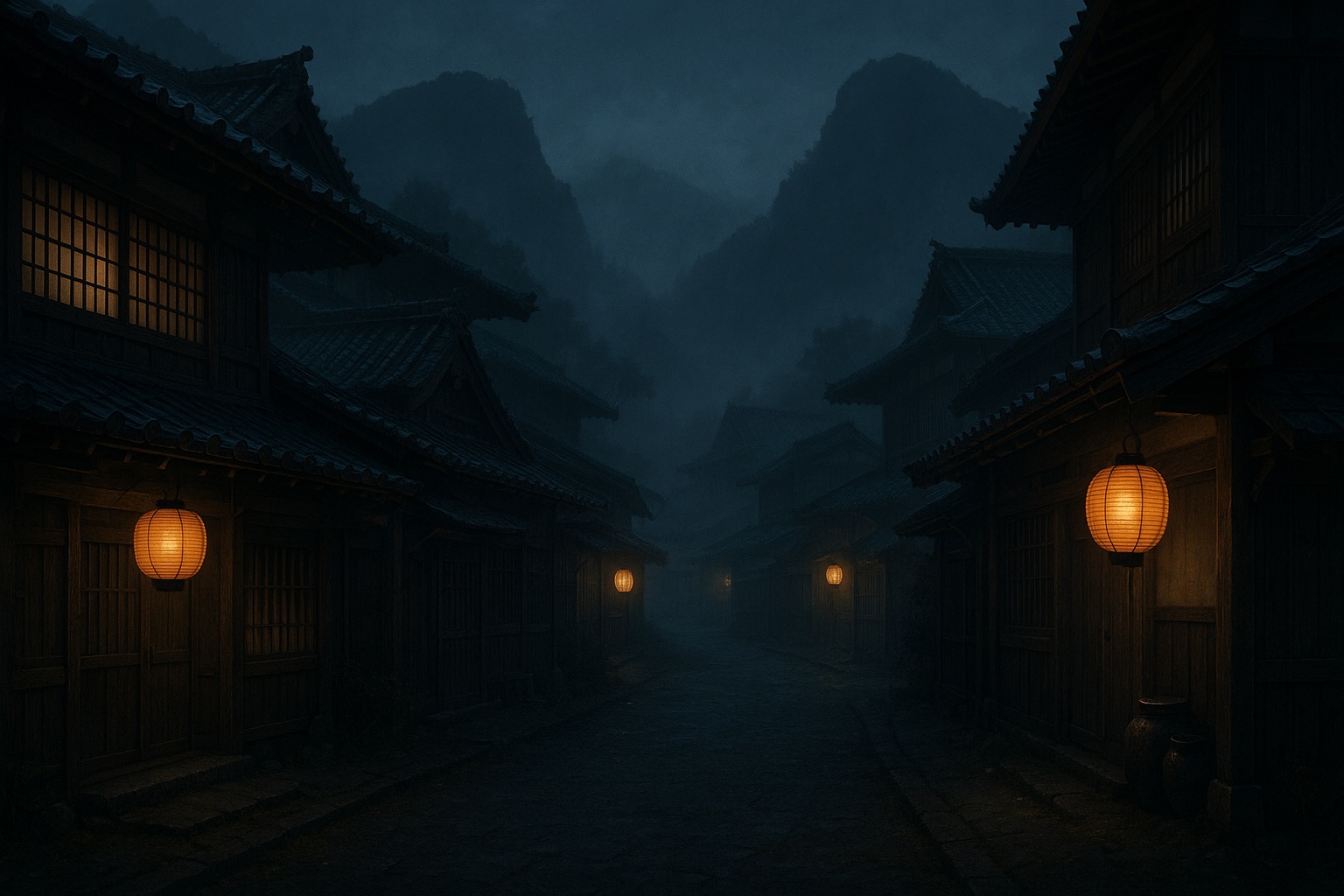
Gozu in Pop Culture: A Title That Inspires Fear
The Gozu legend’s unique nature—a story defined by its absence—has made it a fascinating source of inspiration for creators.
・The Film Gozu (2003): Cult director Takashi Miike’s surreal yakuza horror film Gozu brought the name to an international audience. While not a direct adaptation of the legend, the film is filled with bizarre, bovine imagery, including a man with a cow’s head, cementing the association between “Gozu” and surreal, inexplicable horror.
・The Film Ushikubi Village (2022): From the director of The Grudge, this film is part of the “Horror Village” series. It doesn’t tell the “Cow Head” story directly but uses the legend as a backdrop for a tale of a cursed family and a haunted location, leveraging the title’s built-in sense of dread.
・Parallels in Western Culture: The idea of a story or piece of art that drives people mad has parallels in Western fiction, from H.P. Lovecraft’s Necronomicon to Robert W. Chambers’ The King in Yellow. However, Gozu remains unique in its status as a “real-world” piece of forbidden lore. It is often compared to the “Sameshima Incident,” another Japanese internet-born legend about a horrific event that everyone knows about but no one will discuss.
The Psychology of a Forbidden Tale: Why We Fear the Unknown
The enduring power of the Gozu legend lies in its brilliant psychological trick. By leaving the core of the story blank, it forces our own minds to fill in the details. We become the authors of our own terror, imagining the most horrific thing we can possibly conceive. This is a classic example of “fear of the unknown”—the most potent fear of all.
The legend is a self-perpetuating engine of horror. The more people insist it must not be told, the more desperately others want to know it. This “forbidden fruit” effect ensures that the legend will never truly die. It is a meta-commentary on the nature of ghost stories themselves: the telling is the ritual, and the fear is the outcome.
In the end, the “Cow Head” story is not about a cow at all. It is about the terrifying power of words, the irresistible lure of the forbidden, and the simple, chilling idea that some things are so awful, they are better left unsaid.
Reference
Shinichiro Namiki, The Strongest Urban Legends, Vol. 3. Keizaikai, 2009.
Hiroshi Matsuyama, The Three-Legged Licca-chan Doll: Midnight Urban Legends. East Press, 2003.
Wataru Usa, THE Urban Legends. Shinkigensha, 2004.
…and other sources.
The Terror Doesn’t End Here
The chilling tale of Gozu (Cow Head) is just one piece of a much larger, darker puzzle. Our central hub features in-depth guides to all of Japan’s most iconic modern nightmares.
※ Unauthorized reproduction, video creation, and uploading of this article's content to YouTube, blogs, or other platforms is strictly prohibited.
Related Articles

Aka Manto: The Definitive Guide to Japan’s Terrifying Red Cape Ghost of the Toilet

Jinmenken: The Definitive Guide to Japan’s Eerie Human-Faced Dog

Hanako-san: The Terrifying Legend of the Japanese Ghost in the Bathroom Stall

Kuchisake-Onna: The Definitive Guide to Japan’s Terrifying Slit-Mouthed Woman
Popular Series
This is the page for Gozu (Cow Head): The Definitive Guide to Japan’s Most Forbidden and Terrifying Story. Find the latest news about Folklore, Horror, Gozu, ForbiddenStories and more on TOCANA - the paranormal news media that stimulates your curiosity
Urban Legends Latest Articles
The Definitive Guide to Japan's Scariest Urban Legends: From Kuchisake-Onna to Kisaragi Station
2025.10.20 23:00 Urban LegendsKunekune: The Definitive Guide to Japan's Terrifying, Twisting Field Monster
2025.10.19 23:00 Urban LegendsNNN Special Broadcast: The Definitive Guide to Japan's Lost, Lethal TV Broadcast
2025.10.14 23:00 Urban Legends